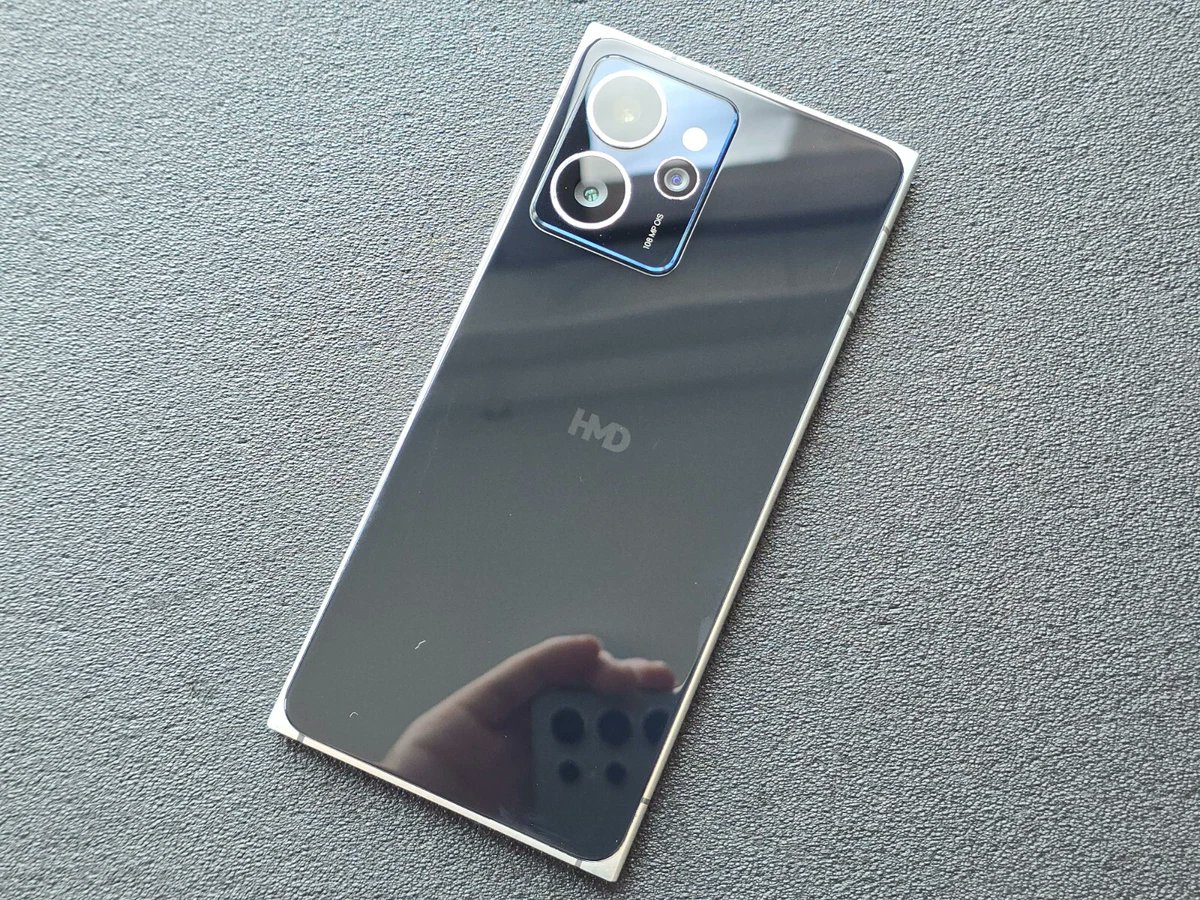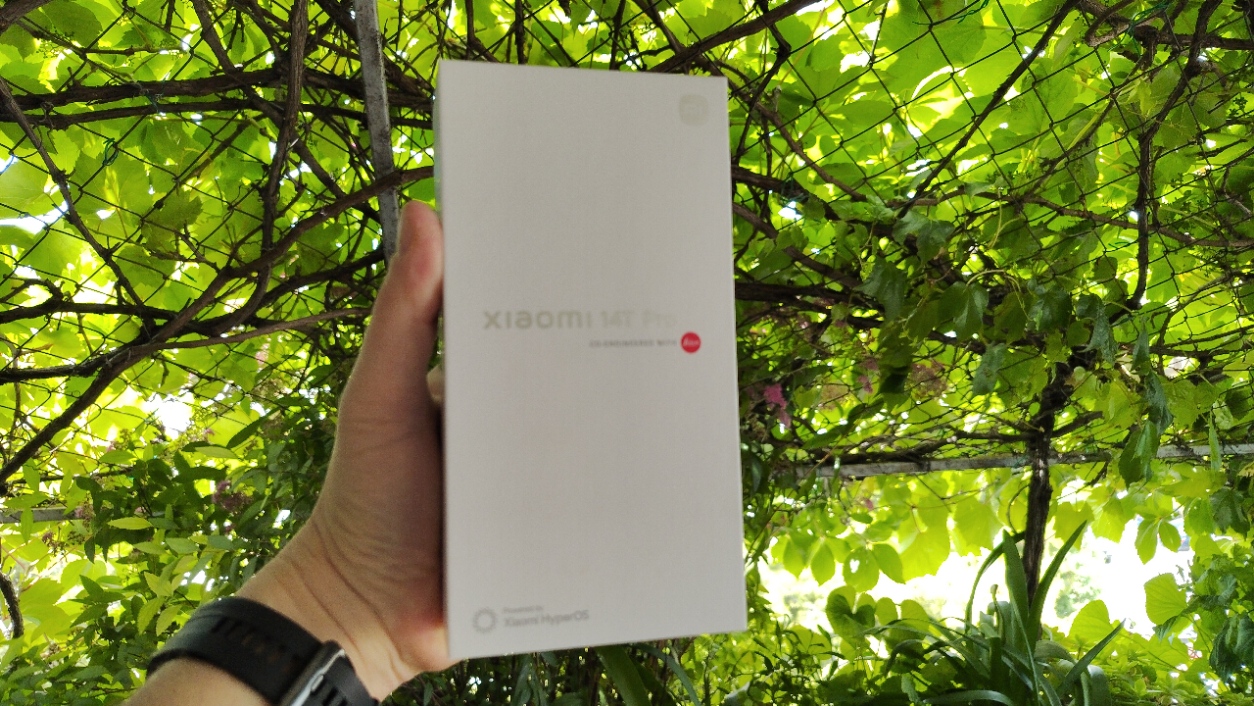HMD Skyline 2 and GT Revealed: Minor Upgrades, Major Doubts?

It seems that HMD won’t be developing the Fabula design further and will stick with what they’ve created in the form of the Skyline for another iteration of their top device. The new HMD Skyline will arrive as the Skyline 2 and Skyline 2 GT, with the GT version featuring a secondary telephoto camera equipped with a 50 MP sensor. The rest appears to remain the same—a 108 MP main sensor with OIS, now paired with a 3D ToF sensor.
The main disappointment with the original Skyline, aside from poor software optimization, was its battery life. That should improve with both new versions, thanks to a 5000 mAh battery. The GT version will also support 45 W charging, and both models will continue to offer Qi2 wireless charging.
HMD has also upgraded the processor, opting for the older Snapdragon 7 Gen 3 SoC, which is still a significant improvement over the chip used in the original Skyline.
Here are the specs of HMD Skyline GT2 according to smashx_60:
- – p-OLED 6.55″ 2.5D, 144Hz / 2,000nits
- – SD7 Gen3 Soc
- – 108MP OIS + 50 + 50 + 3DToF / 50MP
- – 12GB of RAM
- – 5,000mAh, 45W, Qi 2.0
- – Android 15 OS
- – Magnet, IP67, stereo speakers, BT5.3, camera butt, quick butt
These are the specs of HMD Skyline 2 (smashx_60):
- pOLED 6.55″ FHD+, 144Hz / 1,200nits
- SD7s Gen3 SoC – 108MP OIS + 13 + 50 / 50MP
- 5,000mAh, 33W, Qi 2.0 – Android 15 (3Y OS Upgrade)
- IP54, self-repair g2, Stereo speakers, Magnet
All in all, it feels like we’re witnessing another glitch in the Matrix—HMD proving once again that innovation isn’t exactly their strong suit. The only real innovation may be the price, but I don’t want to be overly harsh. I’ve been disappointed before, so I don’t expect much this time either.
Still, I genuinely hope they try their best and address the shortcomings of the original Skyline. It was a device that promised a lot but failed to deliver in the market for various reasons. Judging by the tactics surrounding the launch of the new Skyline, I don’t see much progress. A single, well-optimized version would have been enough—especially for a brand that’s trying to improve and survive in an increasingly crowded market.

This kind of multi-variant strategy might work for larger manufacturers like Xiaomi, who can handle multiple models with minor differences. Speaking of Xiaomi—after my wife struggled with the sluggish Nokia XR21 and then tried the Skyline—she finally asked me to get her a proper device. I picked up the Xiaomi 14T Pro, and I must say, it’s a completely different experience. Xiaomi is in a league HMD simply can’t reach with their current approach.




